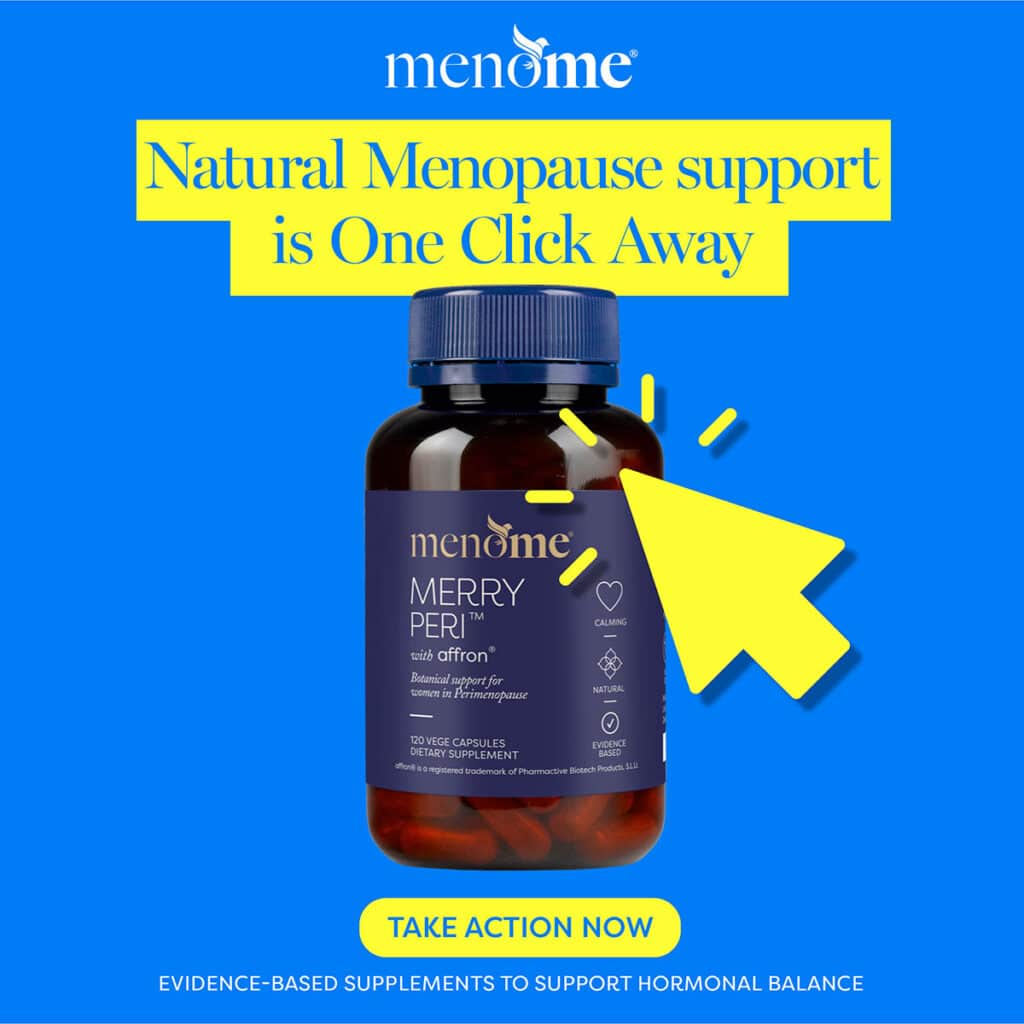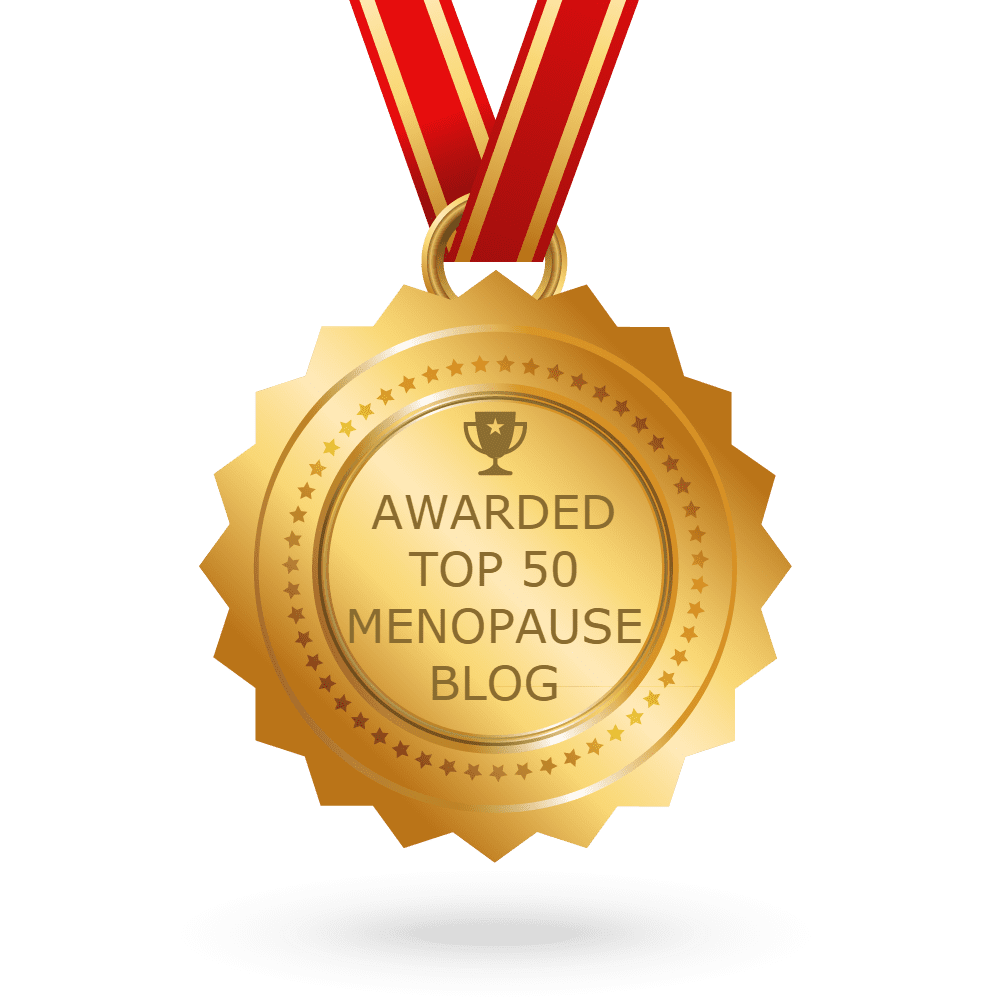When you think menopause, do you also think hot flushes?
Most people do!
While the signs of menopause go well beyond out of control body temperature, if you’re experiencing hot flushes, summer is the time of the year when they become – well, simply unbearable.
I went to pick summer fruit today at the local berry farm (trifle with fresh boysenberries – yum!) and I felt for the woman doing the payment transactions. There she was in a makeshift shop (think caravan with a canvas awning) out in the midday temperatures of a splendid summer. And she had a damp towel wrapped around her neck. In response to my “oh you poor thing” she confessed that it was sun, heat and menopause all combining for a singular type of torture.
What are hot flushes?
Hot flushes are the most common sign of perimenopause and post-menopause, but not every woman experiences them. Apparently, two out of 10 women are the lucky few who never do. Other women can experience them for 11 years or more while the average duration is seven years.
Hot flushes start when blood vessels near the skin’s surface widen to cool off, making you break out in a sweat. Some women have a rapid heart rate or chills, too. When this happens at night, hot flushes are referred to as night sweats.
Experts are still not in agreement about the cause of hot flushes during menopause. Most attribute it to the decrease in the production of estrogen, which occurs as women move toward the menopause stage.
For most women, this decrease is gradual. Many experts believe that when estrogen falls, the hypothalamus section of the brain that regulates our body temperature detects too much body heat. Some theorise that the brain then releases hormones to help lower body heat. This causes the heart rate to rise and blood vessels to dilate in order to allow more blood to flow through and reduce the heat. As a resutl, the increased blood flow causes the body to produce its natural cooling method: sweat. These series of events create what we commonly refer to as a hot flush.
How can you avoid hot flushes
One way of preventing hot flushes is to avoid some of the common triggers that make them more frequent or severe. These include stress, caffeine, alcohol, spicy foods, tight clothing and heat. Yes, I know, it’s pretty hard to avoid the heat in the middle of summer!
There are also some things you can choose to do proactively.
- Stay cool. At night, a “chill pillow” filled with water or other cooling material might help. During the day use fans or cooling spray mists. Wear lightweight, loose-fitting clothes made with natural fibres such as cotton.
- Avoid becoming dehydrated by keeping your fluids up.
- Try deep, slow abdominal breathing (six to eight breaths per minute). Practice deep breathing for 15 minutes in the morning, 15 minutes in the evening, and when a hot flush starts.
- Exercise. Daily. Walking, swimming, cycling, and dancing are all good choices.
- Find an effective hormone balancing natural supplement that works for you and take it at the recommended dose. Such as Merry Peri® and Perky Post®
- And during a beautiful summer, head to the gorgeous ocean or lake and dive right in! Go on, your body will love you for it.











